Presented at the SOFT 2012 Conference
Transition Points in the Trisomy Journey was a morning workshop led by Joyce Coleman, a Licensed Clinical Social Worker with over 20 years of experience in health care. She has provided individual, marriage and family therapy. She has worked at St. Louis Children’s Hospital with families whose children have acute or chronic illnesses. Her focus in her therapy is to help both individuals and families manage life-changing events and transitions. This workshop was an opportunity for parents to talk about their experiences soon after the diagnosis of their child and at other transition points in their child’s and therefore their own life. Topics were skillfully guided by questions and the introduction of specific topics. With many in the group eager to share their own experiences, little prompting was necessary for group participation. Most comments that follow came from parent participants reacting to questions posed. They spoke from personal experience and conviction.
Parents were asked when they first learned of their child’s diagnosis. Some receiving prenatal diagnosis were told face-to-face, but others learned such difficult news by telephone, with no regard for whether they might be alone. Often there was a limited opportunity of support to process what they had been told. The best scenario was a physician sitting down with the family giving the diagnosis, explaining the implications and prognosis and supporting the parents as they absorbed and tried to understand such devastating news. For many a difficult situation was made more difficult by health care professionals, who may be focusing on expediency and not care. Some parents reported that after the diagnosis less care was available, as if the diagnosis had sealed the child’s fate.
Next, those attending this workshop were asked their initial thoughts and feelings upon hearing the diagnosis. Older parents shared that after getting a prenatal diagnosis, or even after birth, they wanted to learn more, quickly. Before it was possible to Google a few terms and receive information instantly, parents went to the library and hoped there were some medical books available. Unfortunately, the medical books that might be available were not filled with beautiful pictures of smiling children. Trisomy 18 and trisomy 13 were represented by clinical pictures of children showing no affect with an emphasis on any physical anomalies that might be present. Even fifteen years ago the face of trisomy, what parents would see to understand their unborn child or newborn, represented the worst, not the best of what children looked like.
In time, there was an easily available internet with some search capacity, but there was more limited information than is easily available today There were bulletin boards, but no list serve; social networking was limited. In the early years of this century SOFT families had a list serve so they could give and receive information. Rainbows Down Under, established by Karen Schuler in Australia, allowed more interaction and an easy flow of information. Parents living at great geographic distance discovered in each other what they had in common, what they could share with others and how they could be supported in their day to day interactions and concerns about their child with trisomy. Friendships formed and people met live at conferences, just as happens today. Finally, there was a convenient and immediate way to contact other families affected by trisomy through Facebook and other forms of social media. Currently, families have become friends with others with children in their child’s cohort. They seek others at the same stage of the trisomy journey.
Parents emphasized how important it had been for them to gather in with children with a similar diagnosis. They felt isolated and uninformed and needed others to share their journey. They looked for both resources and other families who understood their situation. This was important support.
When asked about social support, the consensus was that there was mixed value to the support. One mother shared that people prayed for her child, which was appreciated, and people were available to help out when the child was an infant, but later the support went away. The diagnosis did not go away, but those who had been attentive and involved began to pull away. One mother shared that people seemed to be there to give support when it seems the child might die, but when it appeared the child was thriving, they went away. People see their role as consoling, not supporting. People were fine in a crisis, but chronic conditions that needed on-going support were not understood. Getting a babysitter is a problem. It seemed to participants that there was more need for support later, but people had backed off.
Parents expressed that it was very helpful to see thriving children at the conference, and that encouraged them. They came home “with gloves on” ready to fight for their child, because the hopeful possibilities had been presented. They had seen the survivors, and more was now at stake.
Parents were asked who is a great source of support. Some parents felt strangers on Facebook were more helpful than people they knew. A Facebook mom could help by giving the name of a doctor in another state who was willing to do certain procedures or had certain expertise. Others found the middle of the night talking comforting and useful. There could be more frequent virtual conversations with Facebook friends than with family and friends at home. There was just a different connection and many found that important and useful.
Some parents saw they lost support, because their own priorities had changed. They began to focus on their child. Friends drifted away, because they cannot nurture other relationships the same way. One mother explained she might be on a call and had to suddenly hang up to go to her child. Focus on adult friendship was lost when the child’s needs were being met. Families were not always helpful. One family only advised the young parents to do what the doctor said and discouraged questioning. Some family members would not visit, stating they were afraid they would make the child sick. Too often, family members were characterized as distant and less than helpful.
Parents saw changes in themselves. They would give pep talks, saying they could do whatever needed to be done themselves. They learned that they were strong. They learned not to be judgmental about others and their reactions. They learned they had to become an advocate for their child, a squeaky wheel that was noticed. A concrete example was to plan, call ahead at a restaurant and make requests, so what was needed would be provided. Parents learn to become assertive in ways they did not think possible. They learned that it is all right to ask, and if the answer is negative, ask again in a different way.
The parents were asked about their experiences with early intervention services.One mother emphasized that a social worker is your advocate, the guide for available services and the person who could make things happen. Therapies could be in the home, or in school and that was negotiated through the social worker whose client is the parent. Later, services orchestrated by the social worker could include a preschool program dedicated for disabled children, a social setting with other children to build skills in interaction or a mainstream school, although health issues can interfere with that setting. The social worker both helps the parents determine the right program and facilitates entrance
The next transition point is the transition to public schools. Parents advised to fight to stay in the building, fight for access. Knowing your rights is essential and even threatening lawyer involvement can move things forward. Educational settings are tricky. Some children are included in mainstream education classes, others are relegated to separate programs. School can be a battle ground. One mother commented that in kindergarten the tone was set by the teacher and that can determine how the child is seen by others. When a teacher says it is a waste of time for the child to be in that class, does that mean the child is disruptive to other students and the teacher’s agenda or that what that child needs is not being provided. This could be positive or negative. Other points made were that the school must provide proper nursing care. Parents should investigate what is available and insist on what their child needs medically.
Models should be considered. The pull out model means the child leaves the mainstream class for individual time in another place with a therapist. The push in model means a therapist joins the child in the classroom and facilitates learning. Circle of Friends is a model in which mainstream children increase their acceptance of children with disabilities through meaningful participation in schools and in the greater community, breaking down barriers. The emphasis is on understanding differences and building interactions and friendships.
Another transition for families of children with disabilities is the first IEP meeting. Family Service Plans are different but also important. Parents have to do battle in IEP meetings, giving in on some needs, so others can be met. The meetings can be difficult and confusing for parents. The process should be understood by all participants, including that all members of the IEP team are equal partners, but that is not always the case. Some parents may waive the three year reevaluation if it seems more disruptive than helpful for a child making slow progress. Parents need to know benchmarks are set at 60% or 80% achievement. This means greater than chance in some situations. It also means progress can be measured. The child’s ability may be underestimated. Parents should go in with the bar set high and perhaps ask for a higher percentage of expected achievement. What the child can do in some areas may be masked by weak skills and by cognitive ability the child does not have. Lack of communication can hide skills. Sometimes, there is a new medical diagnosis such as seizures which must be addressed and the IEP team should reconvene.
Parents were asked if they thought doctors are trying to upgrade their skills to understand conditions better. Parents were not sure about this. There are insurance issues, fear tactics to scare them, and too often little encouragement. Examples were given of medical treatment that might have been less than another child would receive. Sometimes, a child is released after surgery too soon and complications arise that compromise recovery and require subsequent medical treatment that might be extensive. There could be insurance issues, and the parent is left wondering if the script would have been different if the child had initially stayed longer in the hospital. Doctors need to know that children with certain syndromes take longer to heal, so the usual expectation is inaccurate. Understanding that can mean a different protocol, longer hospital stay and faster recovery. These children may also overreact to drugs and that should be considered in selecting drugs given or amounts. Parents agreed that doctors need to understand they must look at this child differently if medical care is to be optimal and appropriate.
Next, parents were asked what they were most hopeful about. Parents expressed that they were hopeful because the outcome of kids with trisomy is not seen as being as dire as once thought. There is a movement toward understanding that these kids get better. Parents expressed that it is now possible to get their kids out, to talk to doctors and school personnel and begin to make others as positive as they are about the possibilities. Parents should consider what therapies have helped children with trisomy and request that appropriate ones be provided.
Finally, parents were asked what had been the most rewarding part of parenting their child with trisomy. There was much agreement that unconditional love was high on the list. Parents felt the experience had been good for the siblings who developed important values and had their lives directed by their experience with their sibling. Many have chosen medical careers.
This was an important workshop, directed by an experienced social worker who drew out comments from many members of the large audience. Comments made were valuable, and, hopefully, many parents left with new ideas, new energy and confirmation that their experiences at transition points were both important and shared.
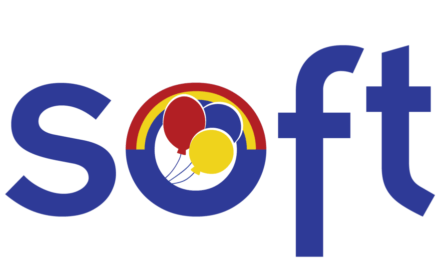

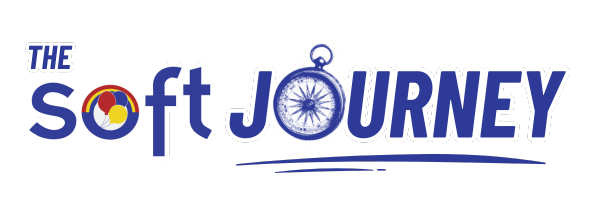
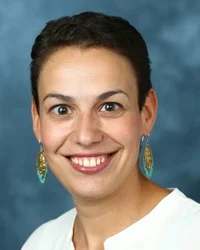
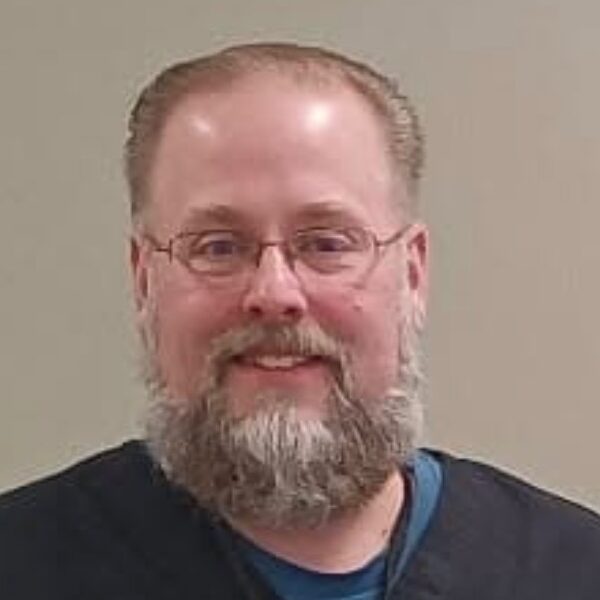
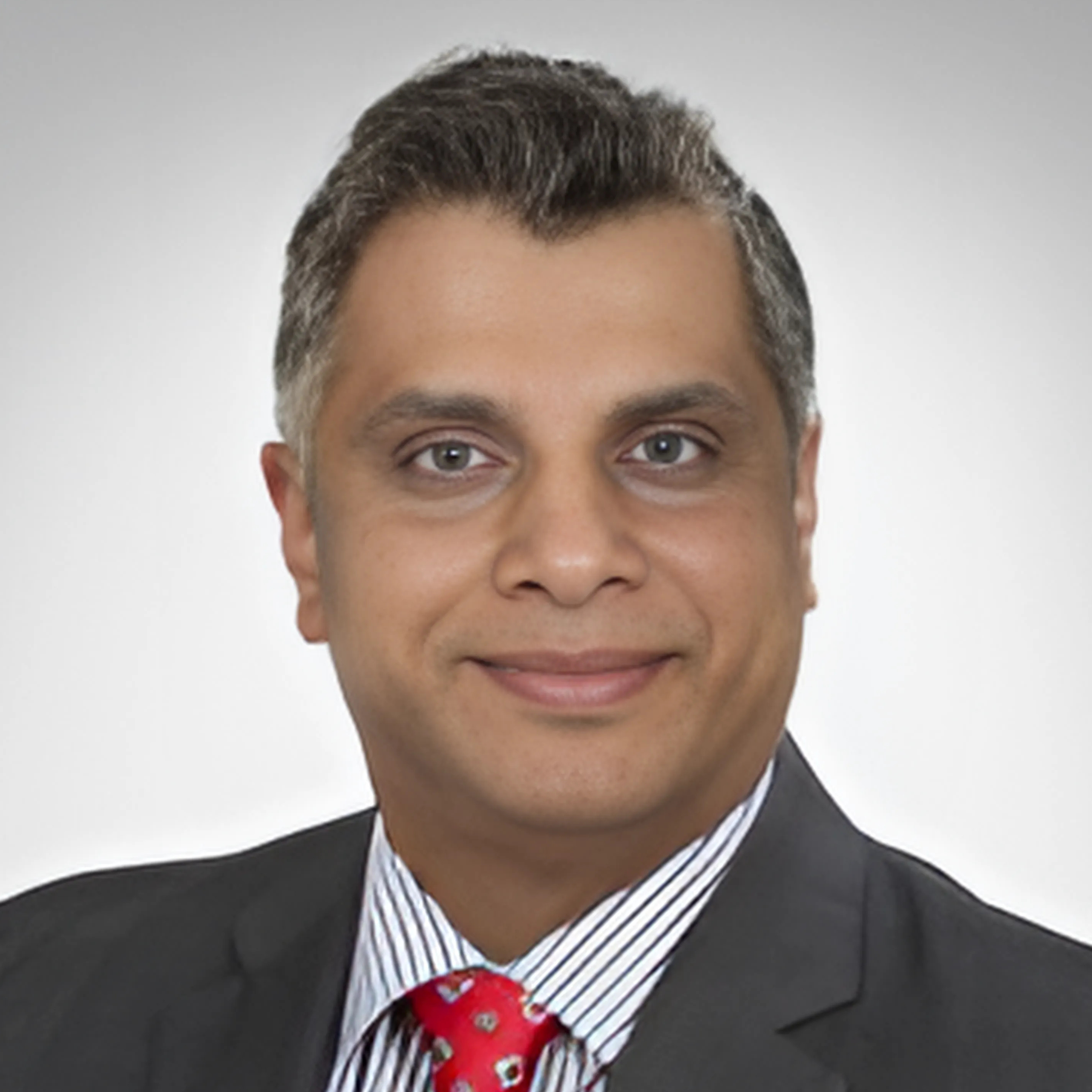
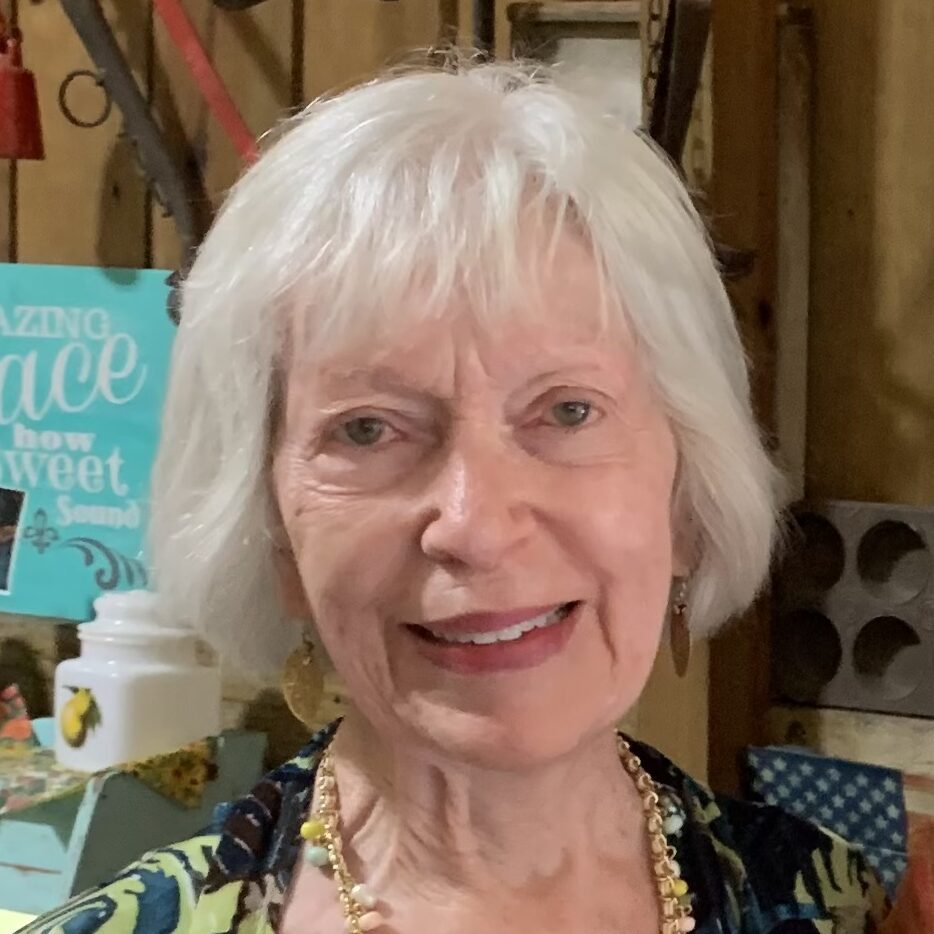

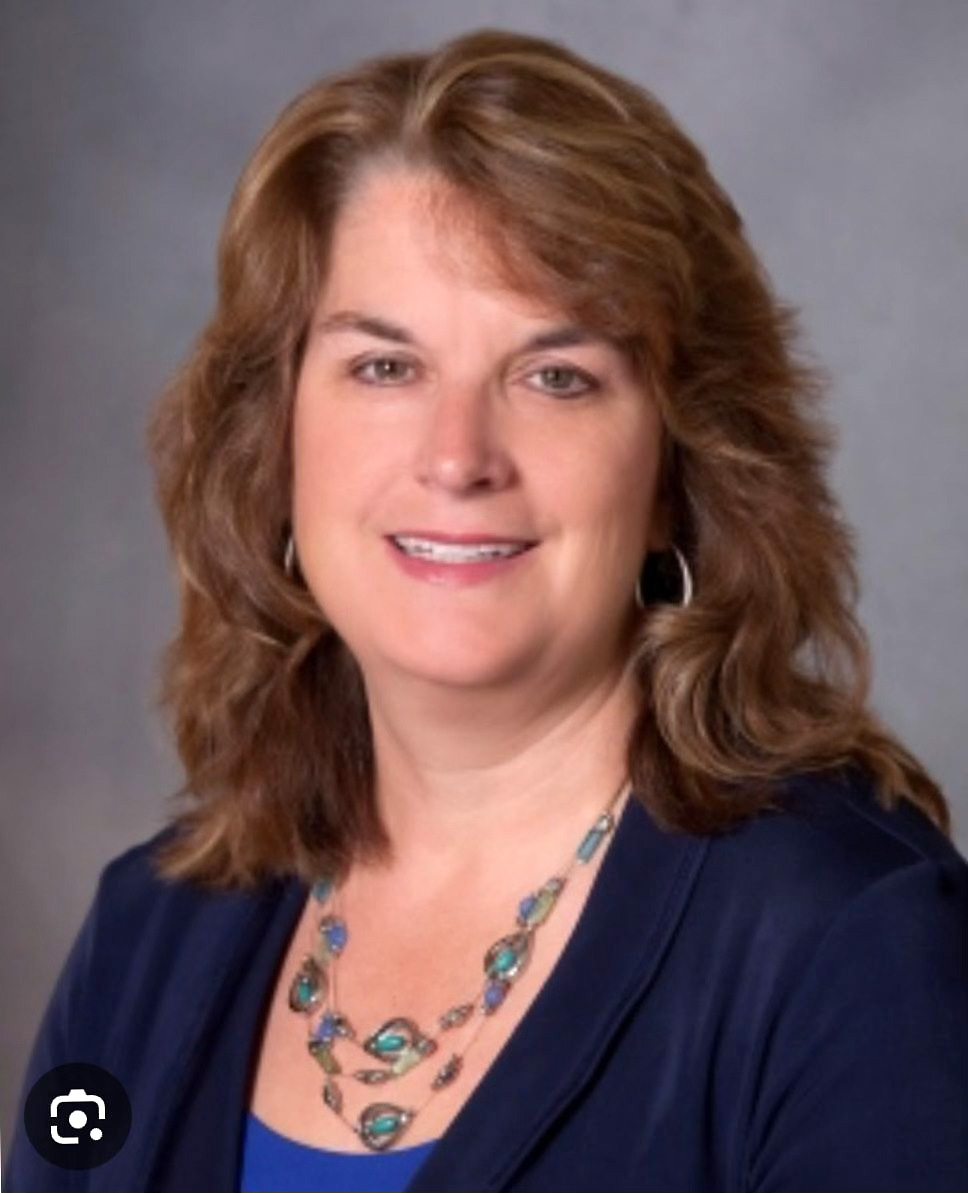
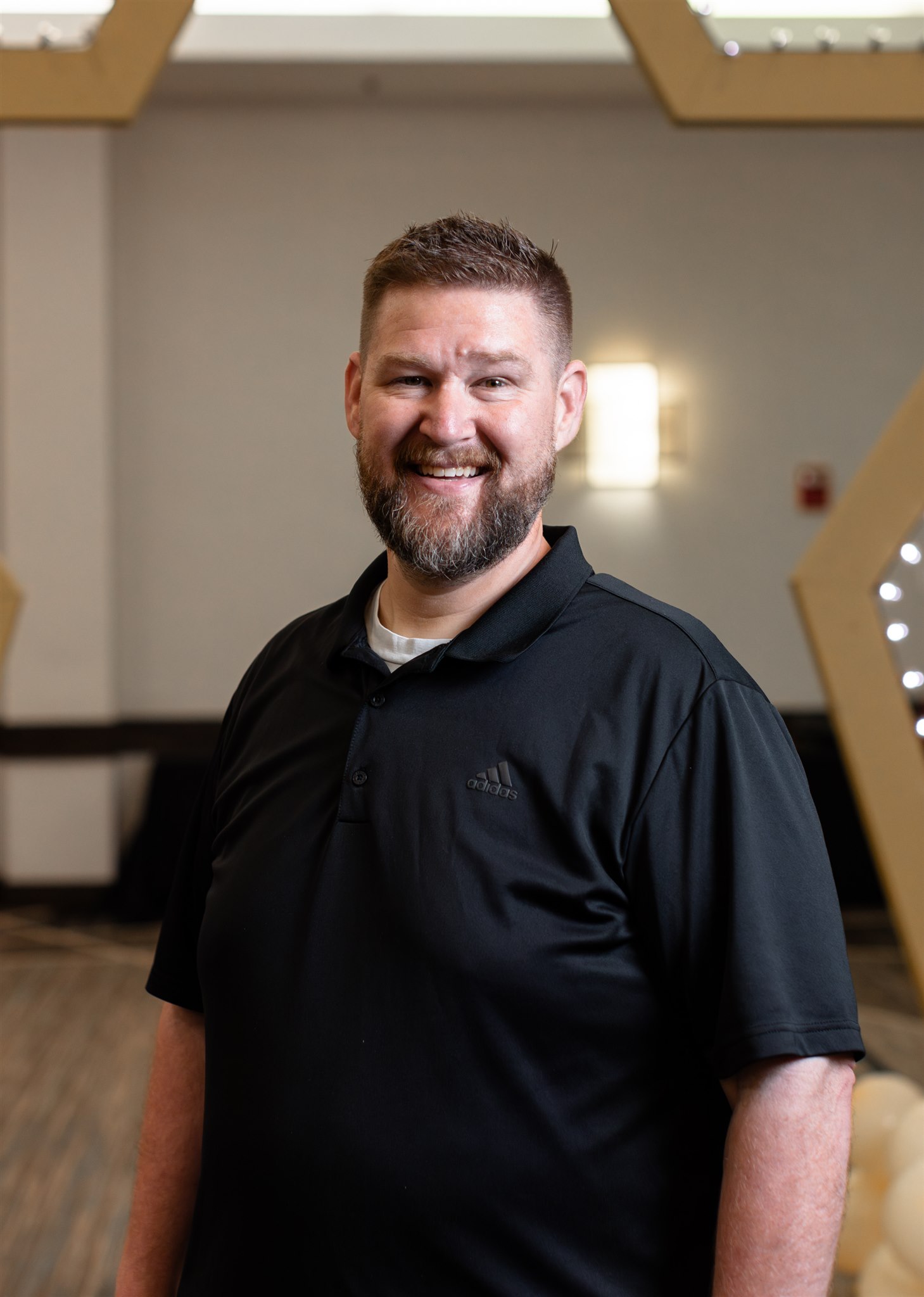
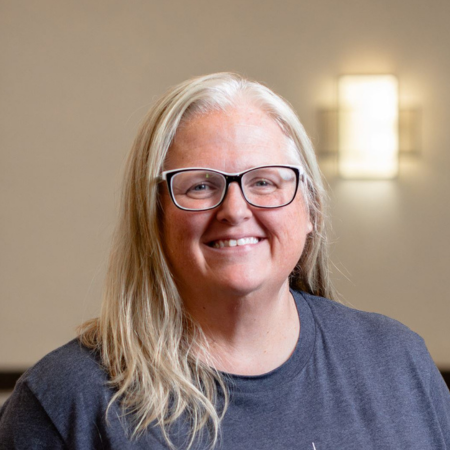

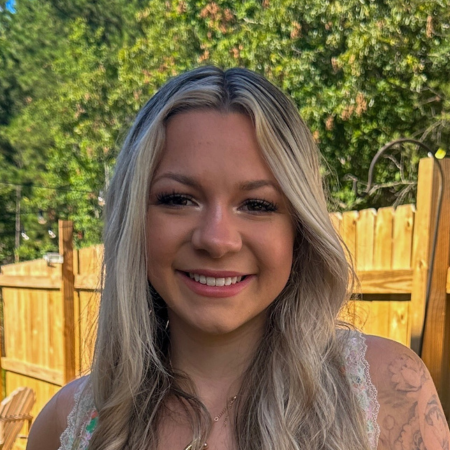
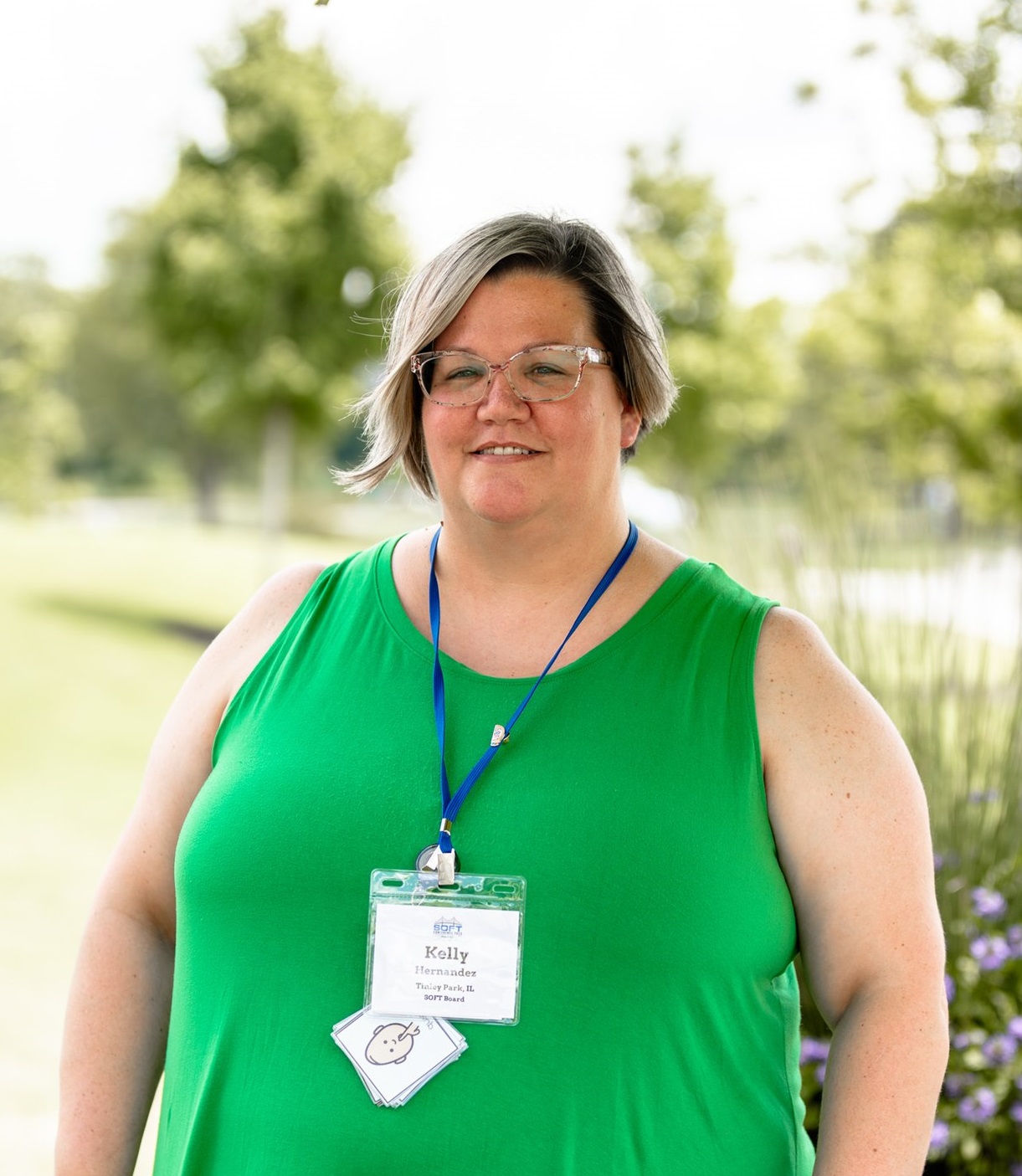
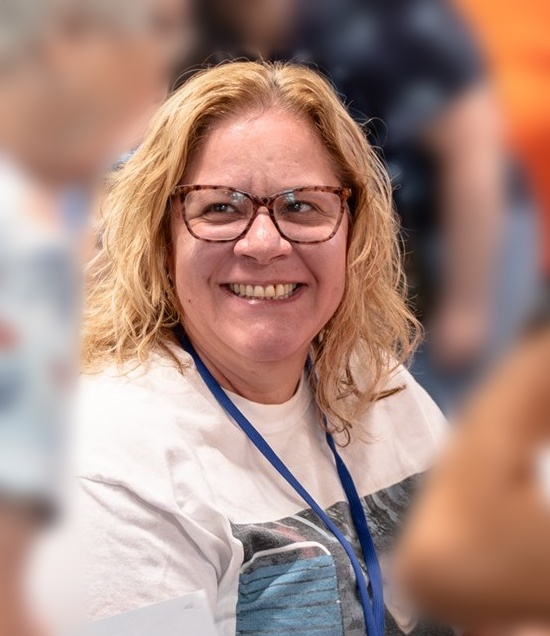
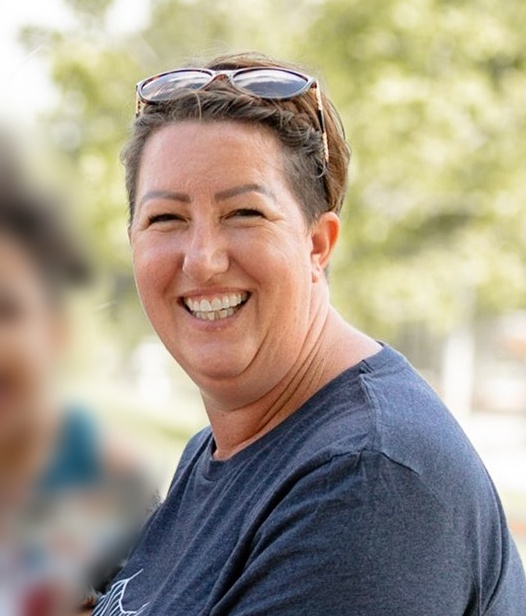
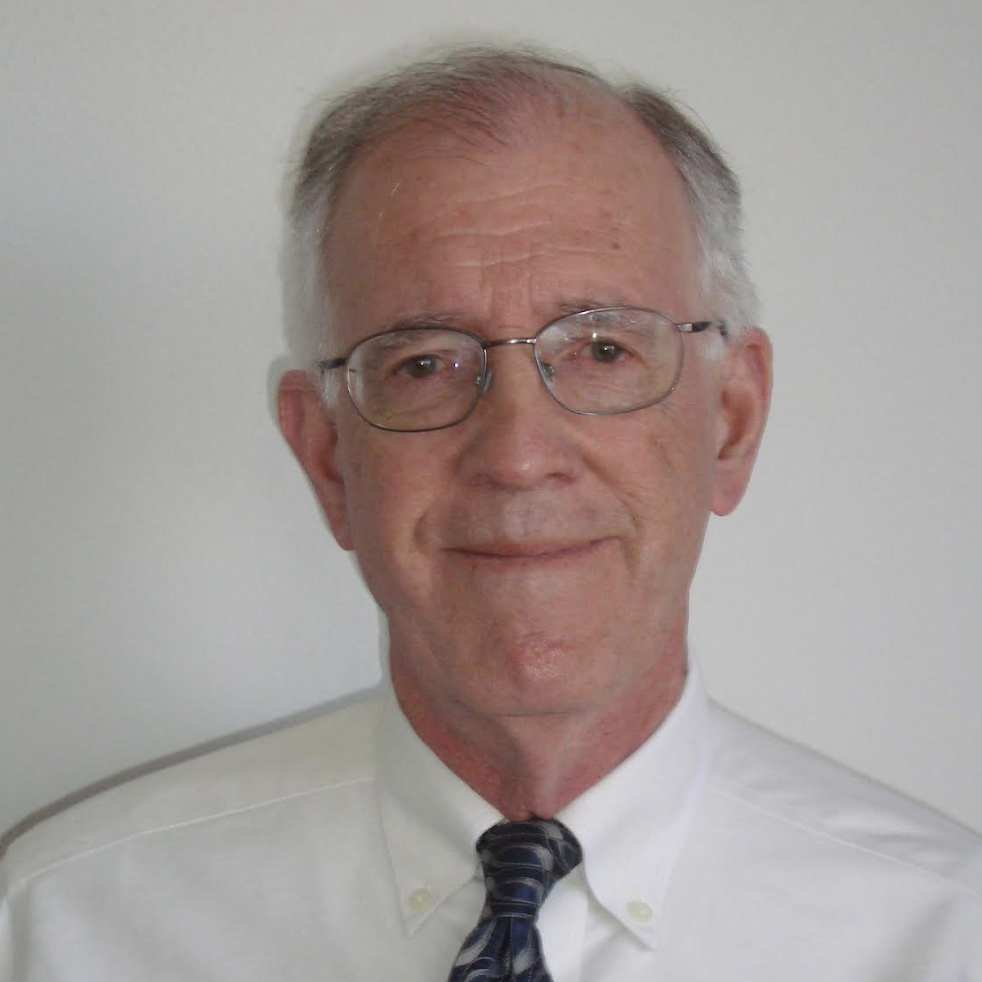
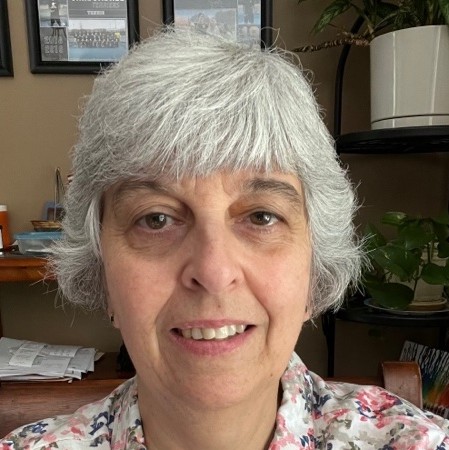
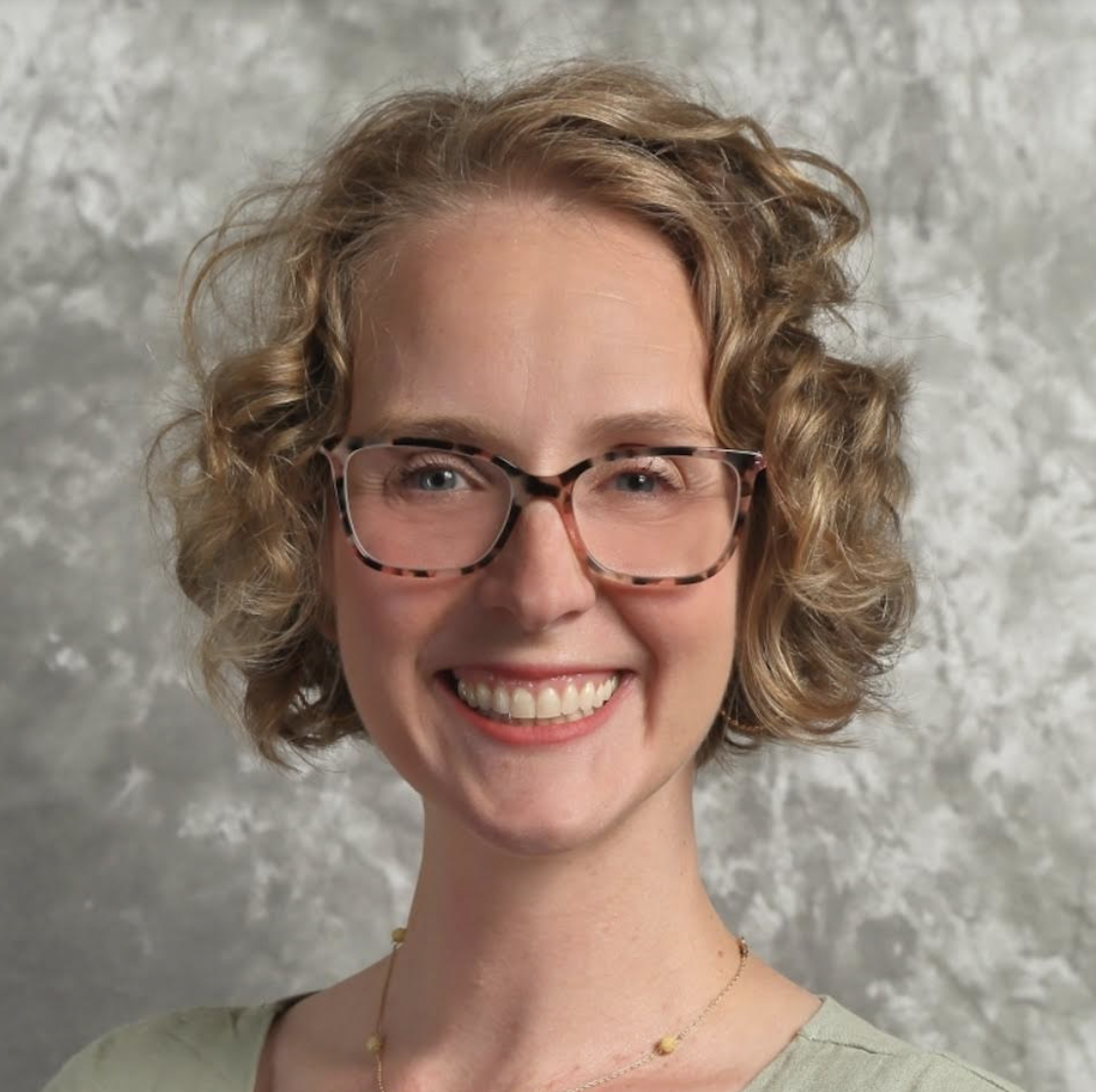
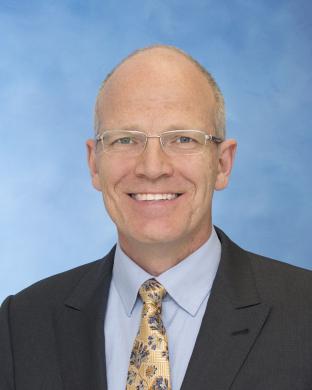
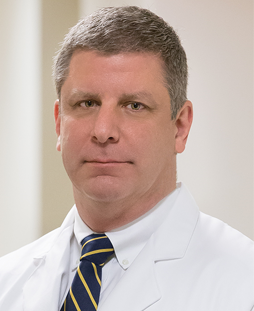
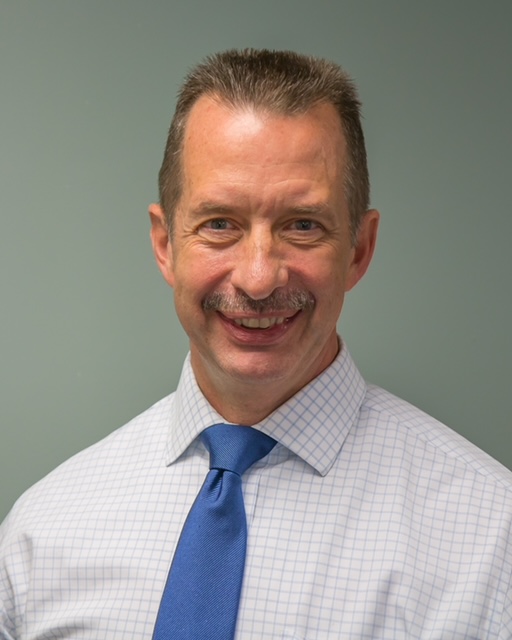
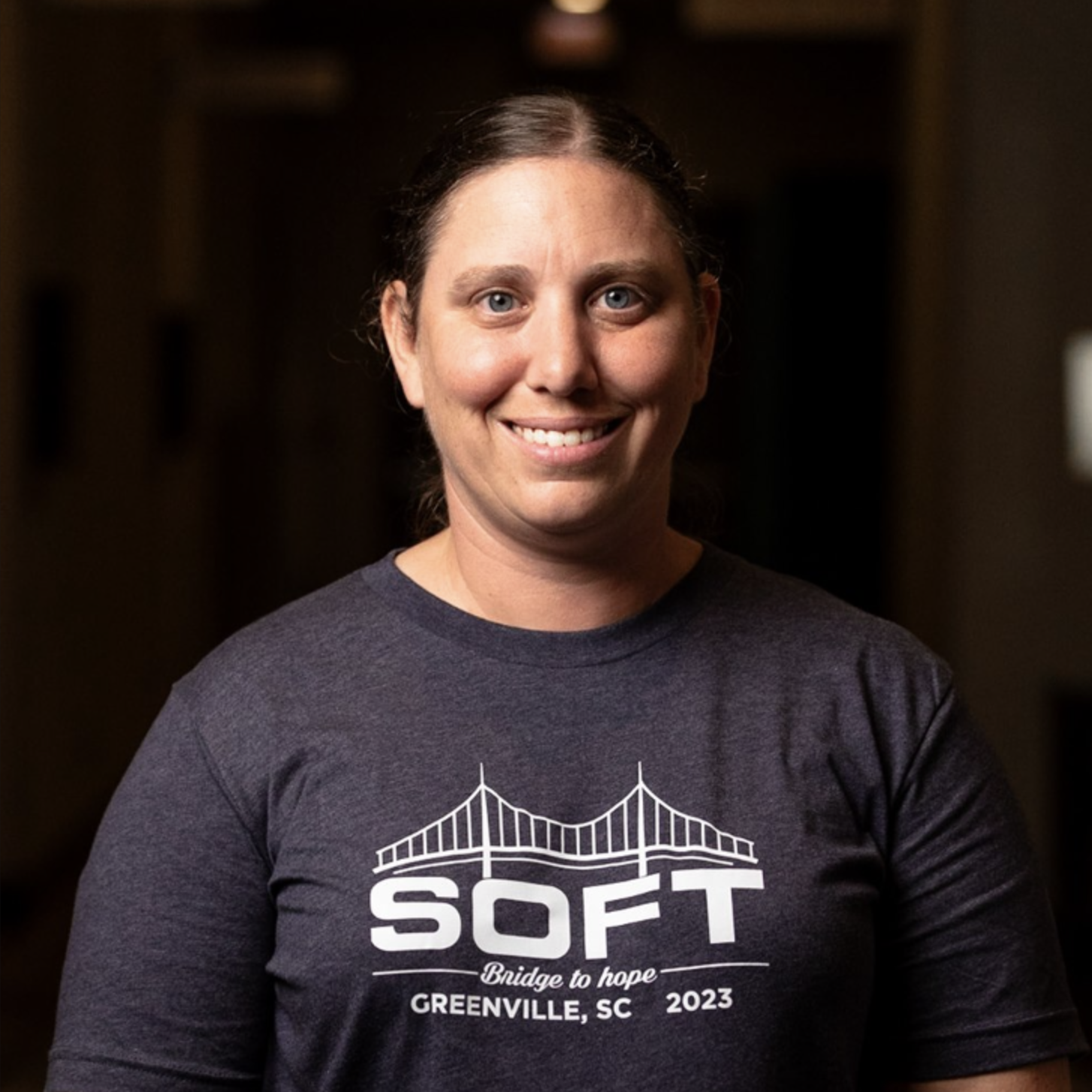



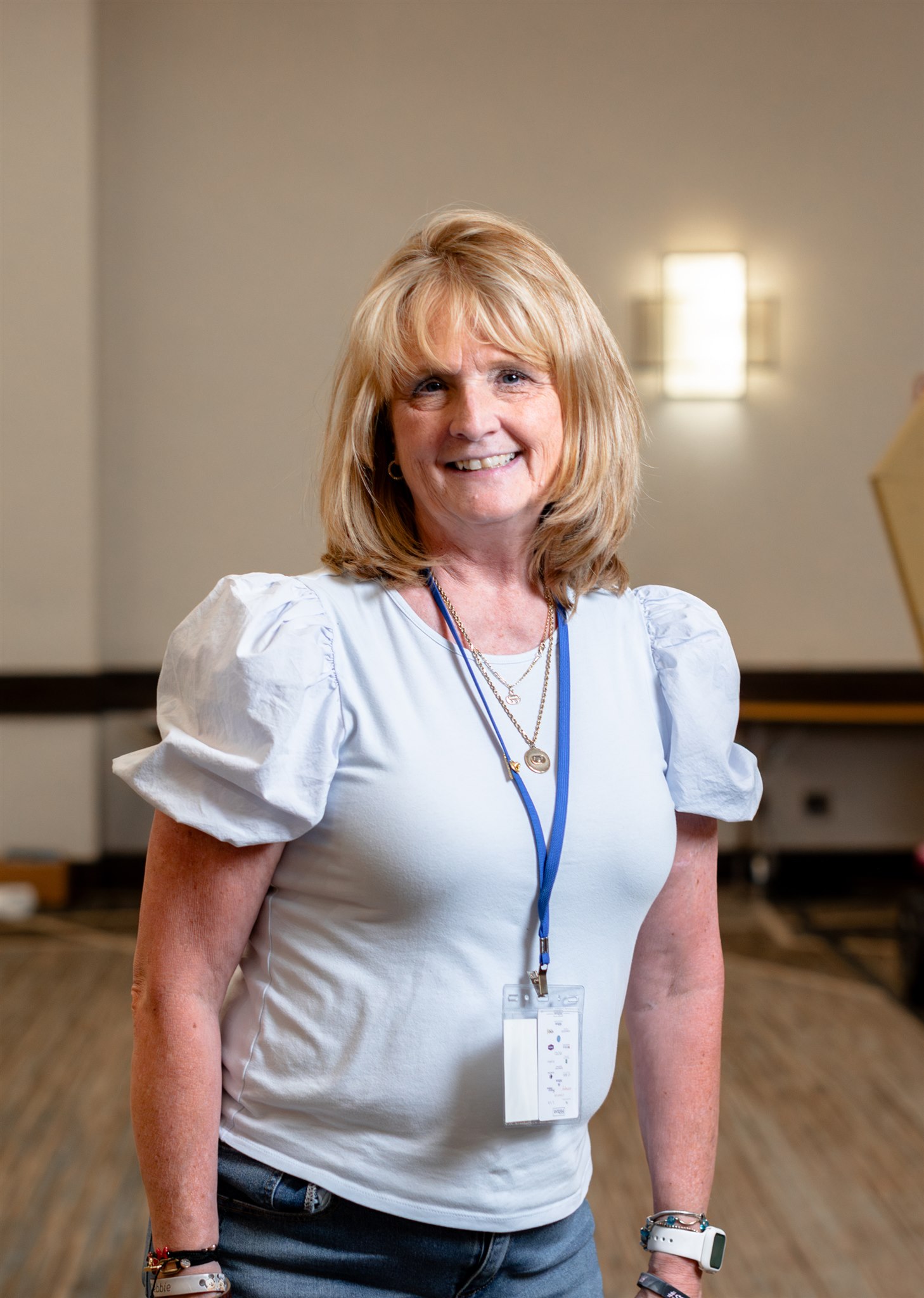
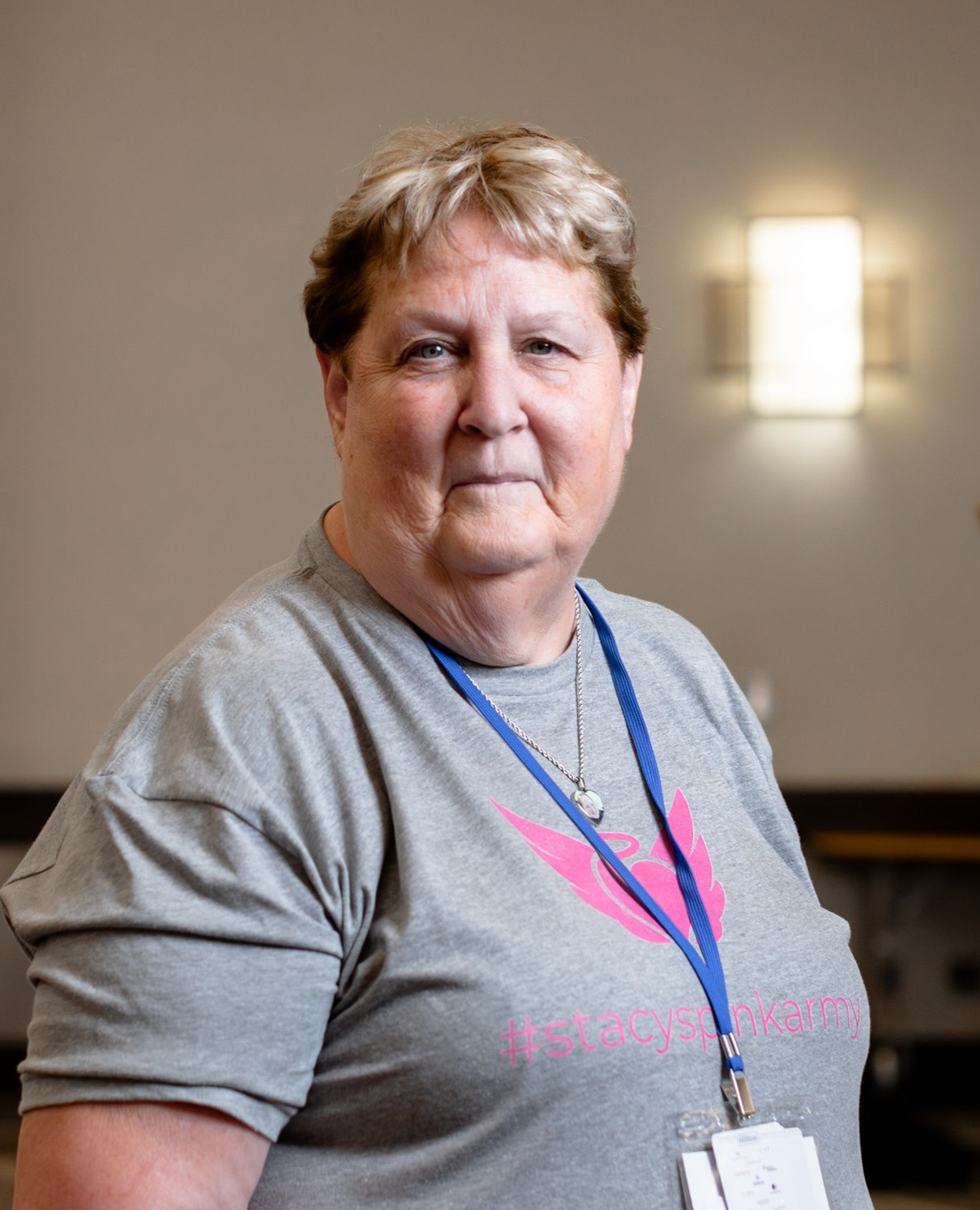
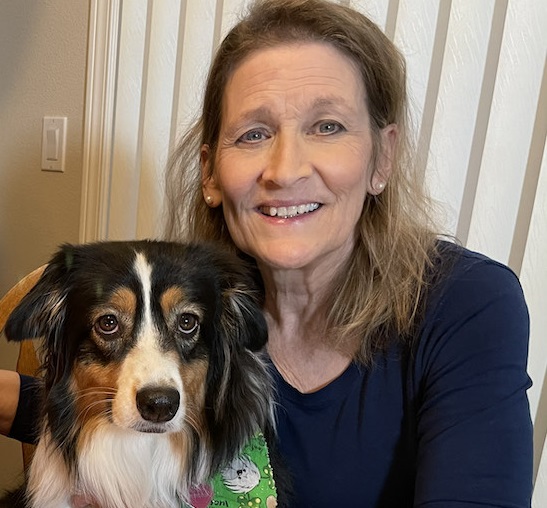
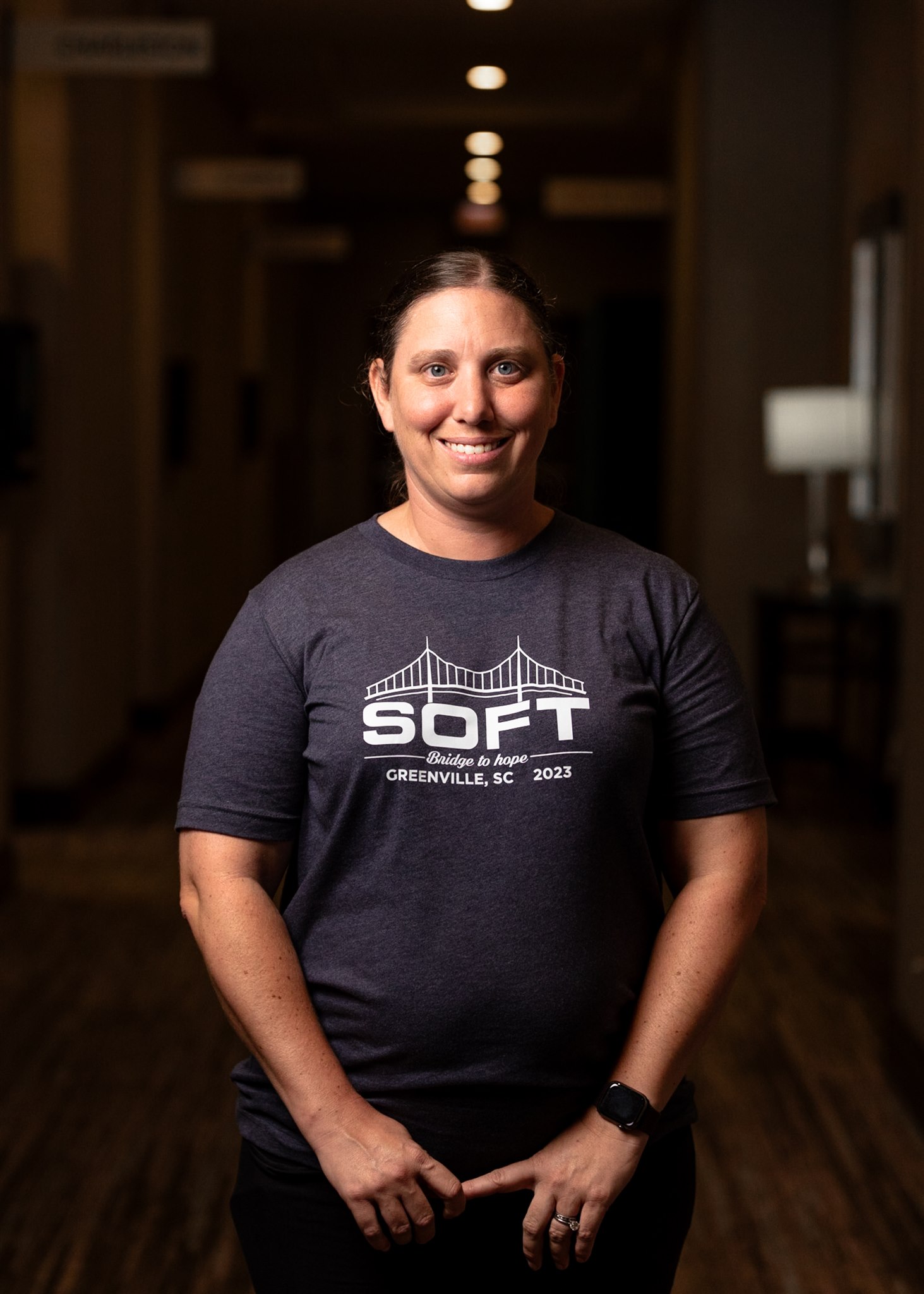
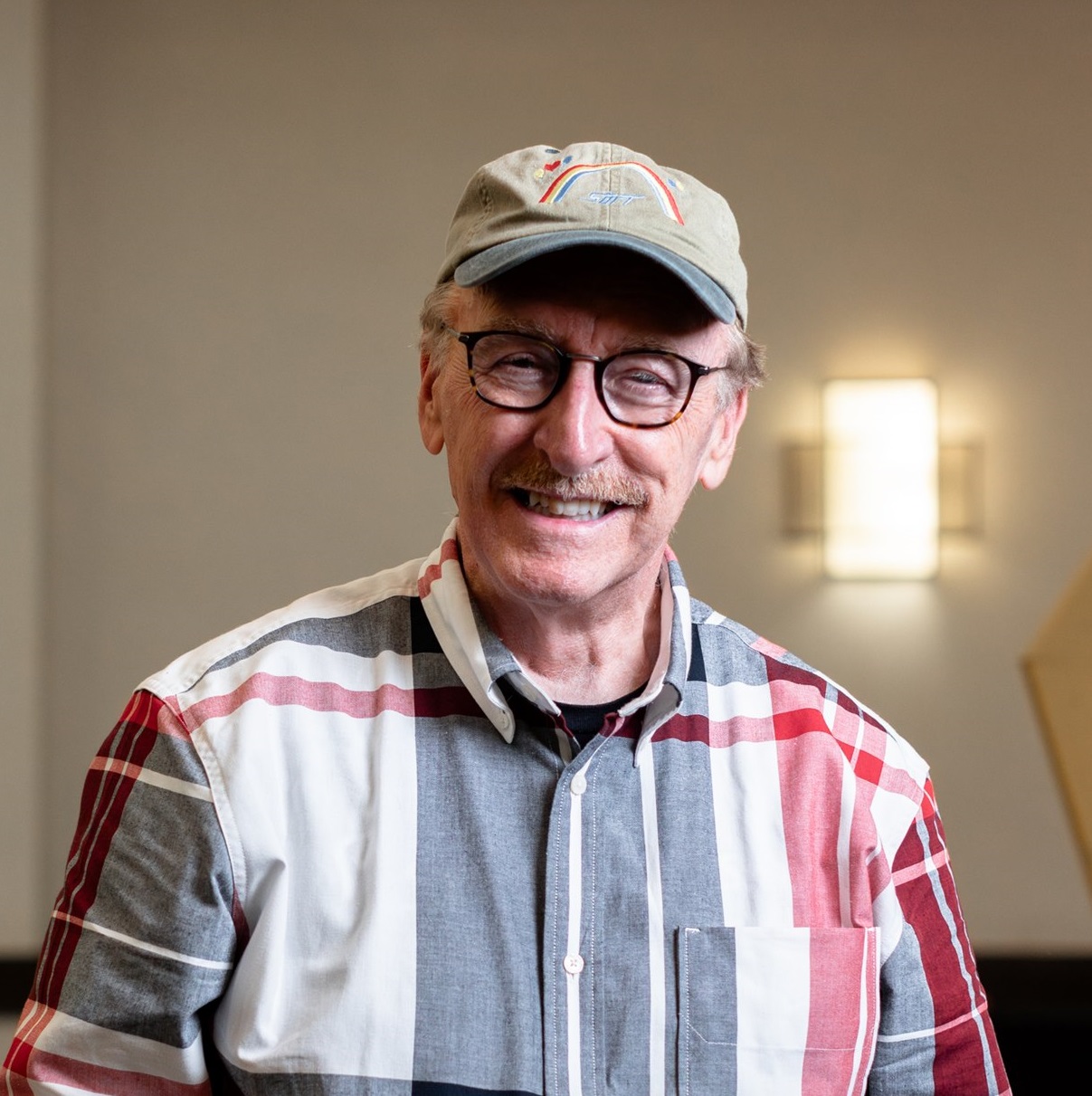
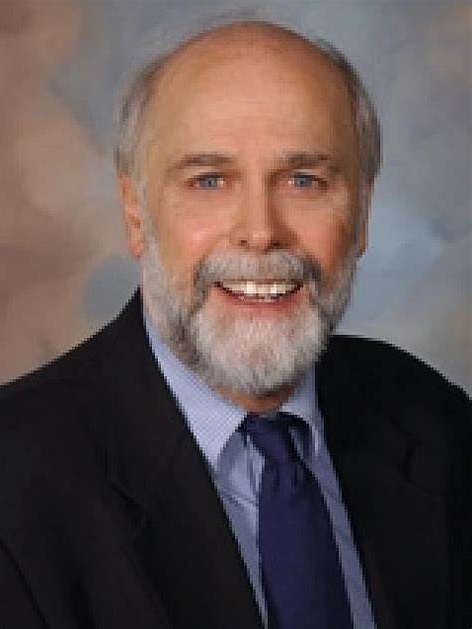
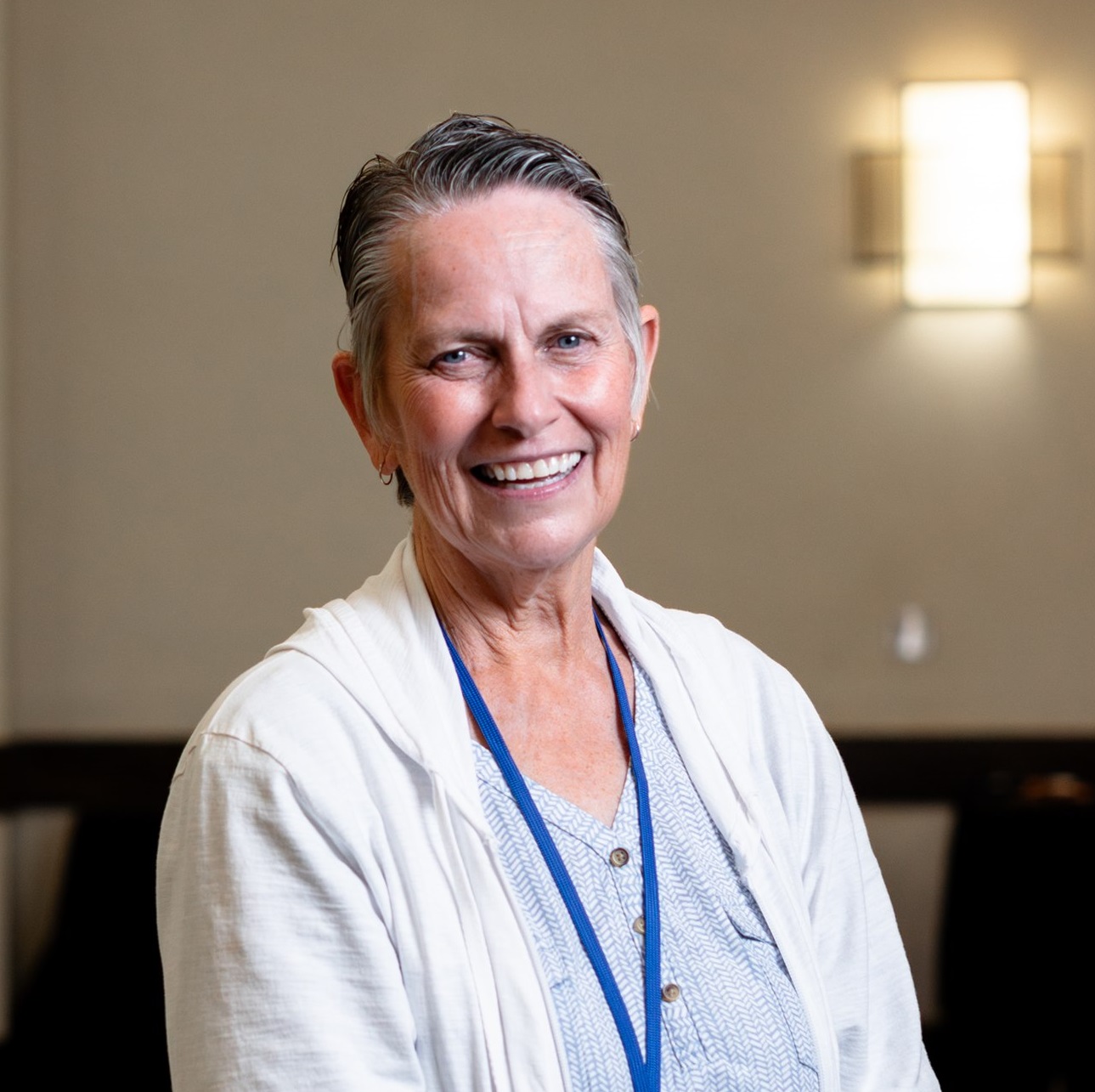

Recent Comments